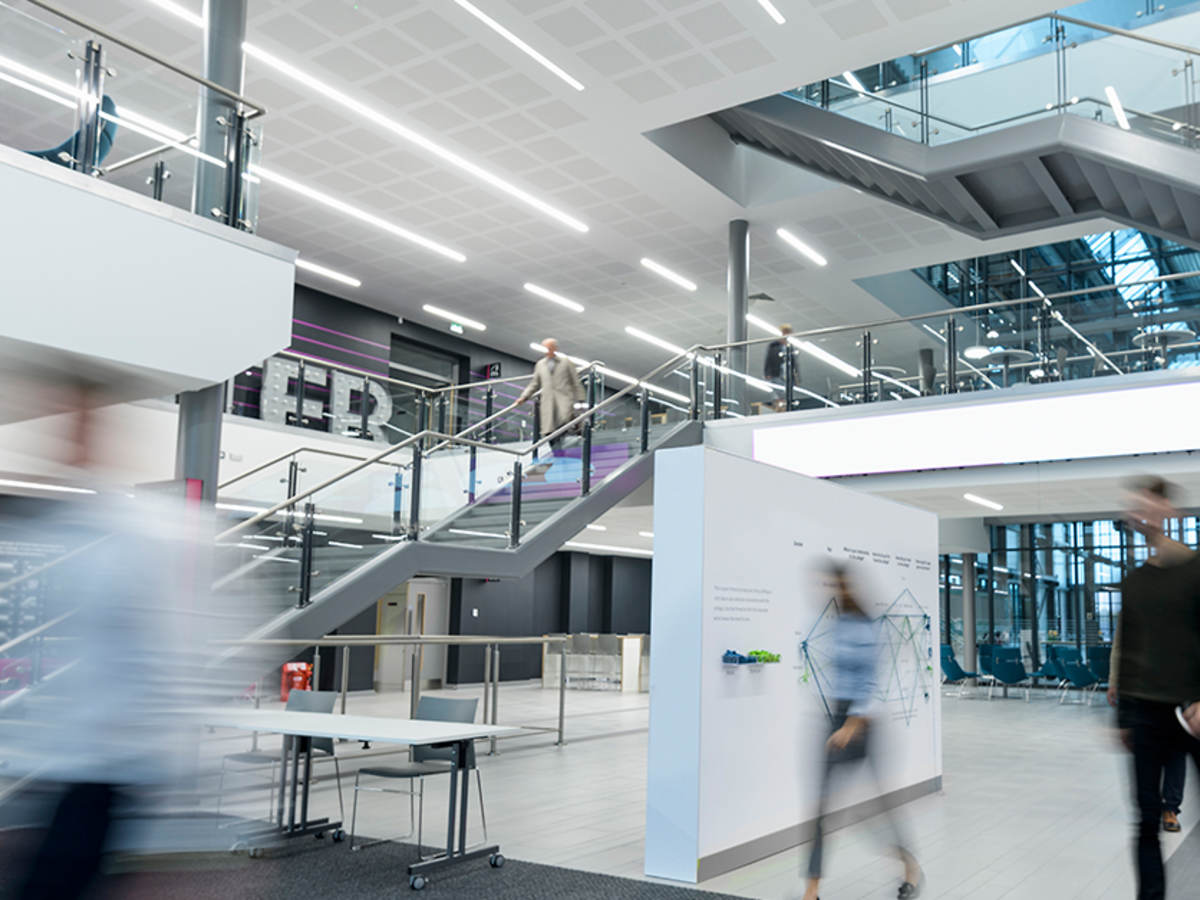Whether building from scratch or rehabbing a 1920s neo-gothic, adding smart capabilities to commercial space is the intelligent thing to do, but it's easy to overlook the benefits of automation. Lack of funding, along with uncertainties regarding performance and return on investment, can hold organizations back.
But what if there was a tool that helped owners make smart capital investment decisions? Fortunately, UL Solutions launched such a tool for building investors and owners — the SPIRE™ Smart Building Program.
Smart building program explained
SPIRE™ is a holistic framework that assesses a building's performance across six areas — life and property safety, health and well-being, power and energy, cybersecurity, sustainability and connectivity. By completing the comprehensive, online self-assessment tool, building investors and owners can learn more about their building's performance. Once they've completed the self-assessment, they receive an immediate snapshot of the building's performance across the six areas and can use the results to develop a road map for smart building improvements.
"When you think about large portfolio owners, they need the means to assess how their building is performing comprehensively," said Rachna Stegall, vice president and SPIRE Smart Building Program lead at UL Solutions. "But, they also need to make informed decisions on where to invest their dollars and discover what makes sense for them. Our program helps them do that."
Smart buildings command more, reports show
It's true. Smart buildings pay off in the marketplace. An intelligent, higher-performing building adds an estimated 11.8% more in lease value and 5% to 35% higher sales value, according to a European Commission report on Macroeconomic and Other Benefits of Energy Efficiency. Another study by the MIT Center for Real Estate showed that smart building rent was 37% higher than rent for non-smart buildings.
But, what makes a smart building command more from tenants?
Connectivity is critical, of course, but smartness is about more than WI-FI and sending emails. Smart building connectivity works with technology to improve occupant health and productivity and make time spent indoors more comfortable.
Organizations want technology that is easy to use and easy to upgrade. Consider 5G, for example. Even as service providers continue to roll out 5G, manufacturers are incorporating WI-FI 6 capability into the designs of future phones and laptops.
In addition to connectivity, organizations are demanding more sensors, applications and data aggregation to help employees collaborate safely due to COVID-19 restrictions. Smart building technologies can help identify infections through devices such as infrared cameras.
"We're all using different types of IoT technology in our homes," Stegall said. "Commercial buildings are doing the same thing, and just like consumers, they're discovering the efficiencies of connected systems. When you put all the capabilities together, this connected world creates smart, safe and sustainable spaces. But, you can't have it without good connectivity; it's the glue that makes it all happen."
Are you interested in identifying and prioritizing smart building improvements for your commercial space? Learn more about the SPIRE Smart Building Program today.

